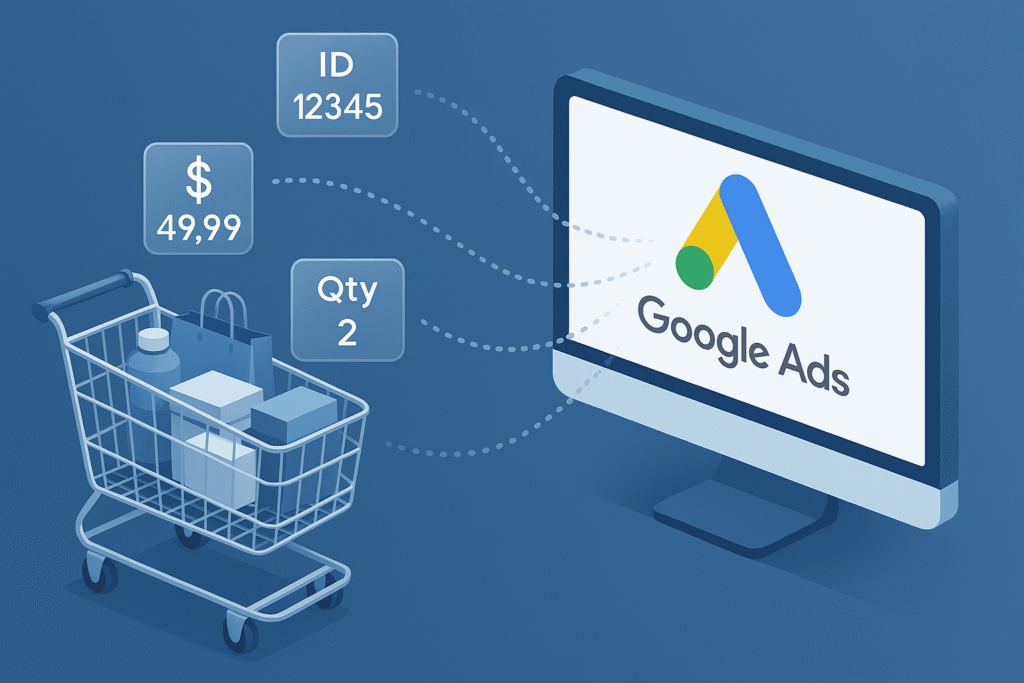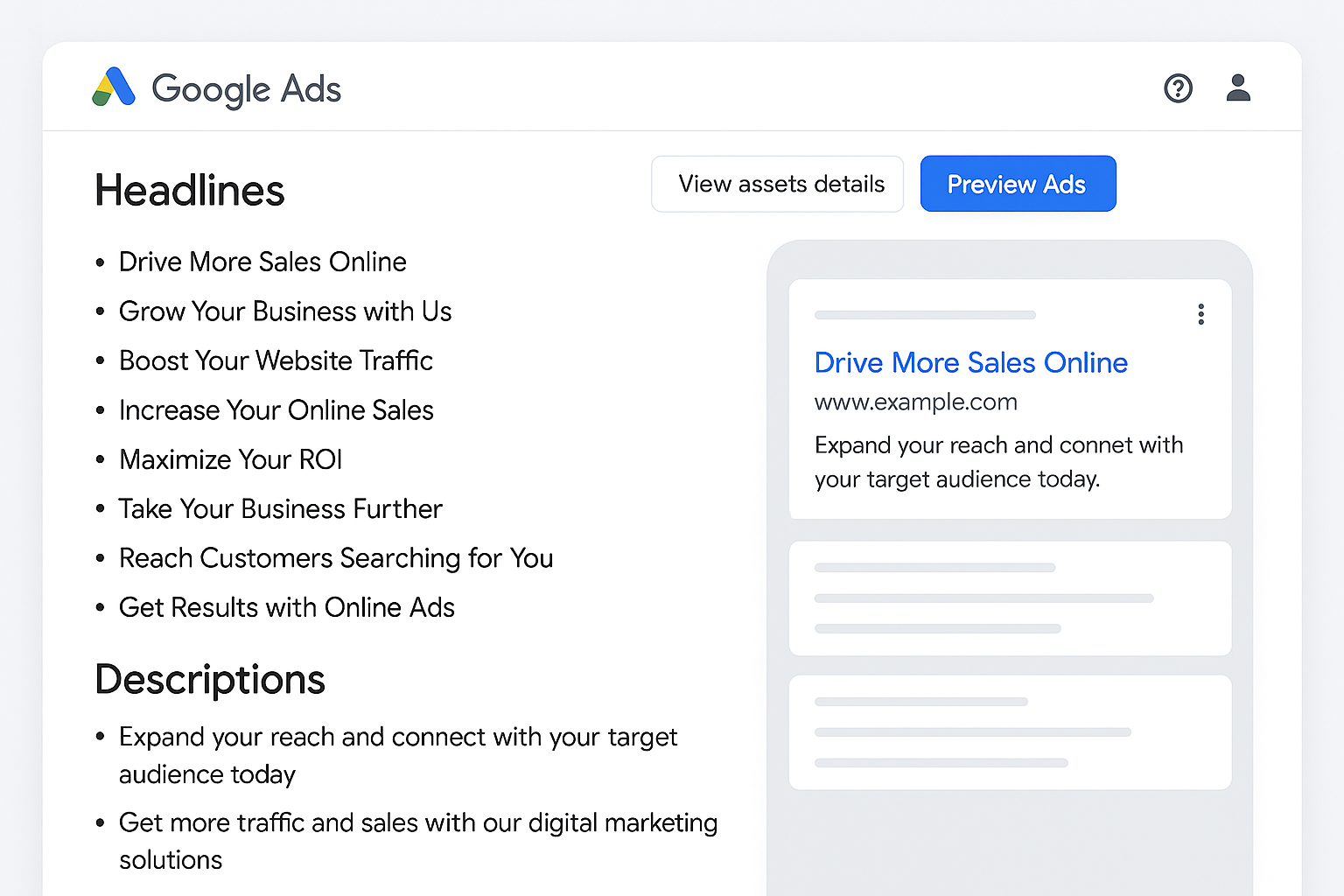Google has quietly refreshed one of its most important advertising rules, the Enabling Dishonest Behavior policy. While this may sound like a strict legal term, in simple words it’s a rule that tells advertisers what kind of ads are not allowed on Google’s massive advertising network.
The change is not about introducing stricter enforcement but rather about making the policy easier to read, clearer to understand, and better organized. For anyone running Google Ads, this update matters because it reduces confusion and helps businesses stay on the safe side of Google’s advertising rules. Boost engagement and reach with your next campaign, discover the power of hashtag campaigns.
What Exactly Changed in the Dishonest Behavior Policy?
According to Google’s announcement, the dishonest behavior policy update is not about new bans or tighter restrictions. Instead, the text has been rewritten in a way that makes it easier for advertisers to follow. If you’ve ever read through Google’s policy pages before, you might know that they can be a bit heavy and complicated. The goal of this update is to simplify the language and structure.
In other words, Google wants advertisers to quickly understand what counts as dishonest behavior without having to interpret long and technical wording. The policy organization has improved, making it more like a clear guide than a confusing legal manual.
Why Does This Matter for Advertisers?
If you are a business owner or marketer, you already know that advertising rules can sometimes feel like a maze. Breaking them, even by mistake, can result in your ads being disapproved or your account being suspended. That can cost businesses time, money, and customers.
By improving the readability of the Google Ads policy update, advertisers can avoid these costly mistakes. It also means fewer misunderstandings, smoother ad approval processes, and more confidence that your ads are compliant.
Think of it as Google giving you a cleaner roadmap. Instead of trying to decode the policy, you can now quickly see what is allowed and what is not. Get clarity backed by data, hear how the Instagram chief dispels engagement myth with fresh insights.
What Counts as Dishonest Behavior?
Google’s Enabling Dishonest Behavior policy generally covers ads that promote harmful or deceptive practices. Some examples include:

- Ads teaching people how to hack software or websites.
- Ads promoting fake documents like IDs, passports, or certificates.
- Ads that trick people into scamming, cheating, or bypassing security systems.
- Ads encouraging methods of cheating in tests, games, or exams.
These kinds of ads have always been against Google’s rules. The recent dishonest behavior policy update does not add anything new here but instead explains it in a more user-friendly way.
A More Transparent Approach
Google has been under pressure for years to improve transparency in advertising rules. Many advertisers complain that they often don’t know why an ad got rejected or what part of the policy they violated. This small but important update seems to be Google’s way of making things more straightforward.
By rewriting the Google advertising policy in easier English, Google is showing that it listens to advertiser feedback. It’s not about punishing advertisers but about guiding them better.
How Advertisers Should Respond
If you’re running ads, you don’t need to change your campaigns because of this update. Google has confirmed there are no new enforcement measures. What you should do instead is take a moment to read through the improved policy.
By reviewing it, you’ll get a clearer picture of what falls under dishonest behavior. It’s also a good time to double-check your ads to make sure none of them unintentionally cross the line.
As an advertiser myself, I know how frustrating it can be when ads suddenly stop running because of a violation notice. Having clearer guidance from Google can help avoid that stress. See how freshness affects SEO, try the content freshness impact calculator to improve your rankings.
The Bigger Picture for Google Ads
This update fits into a bigger trend where Google Ads policies are becoming more streamlined. Over the last few years, Google has been simplifying policy documents, adding more examples, and improving its Help Center articles. The goal is to make advertising easier for honest businesses while keeping harmful ads out of the system.
It’s also worth noting that this change helps Google build more trust with both advertisers and everyday users. When people see fewer misleading or scammy ads, it improves their trust in the platform. And when advertisers understand the rules better, they can focus more on growing their business rather than worrying about policy confusion.
SEO Impact and Online Marketing Relevance
From a marketing point of view, this Google Ads dishonest behavior policy update is more than just a rewrite. It shows that Google values advertiser experience and wants to minimize frustration. For SEO and PPC marketers, this clarity can help when planning campaigns across different industries.
Clearer rules also mean that content creators and digital agencies can explain things better to clients. If you’ve ever had to explain to a client why an ad was flagged, you’ll know how helpful it is to have official policies that are written in simple English instead of legal jargon.
Final Thoughts
The dishonest behavior policy update from Google is not a dramatic change but a meaningful one. It won’t affect enforcement, but it does make life easier for anyone using Google Ads. Think of it like a fresh coat of paint on a complicated set of rules, everything works the same, but now it’s clearer and easier to navigate.
For advertisers, this is a reminder to stay informed, read updates regularly, and use this new clarity to run campaigns with confidence. For users, it means safer, more reliable ads on Google’s platforms.
As someone who has worked with Google Ads for years, I see this as a positive step. It’s not flashy, but it’s practical. And in the fast-changing world of online advertising, sometimes practical improvements make the biggest difference. Dig into your shopping cart performance, use the cart data diagnostics tool to uncover hidden insights.





